The Great Outdoors for Everyone: Accessibility and Inclusivity in Camping
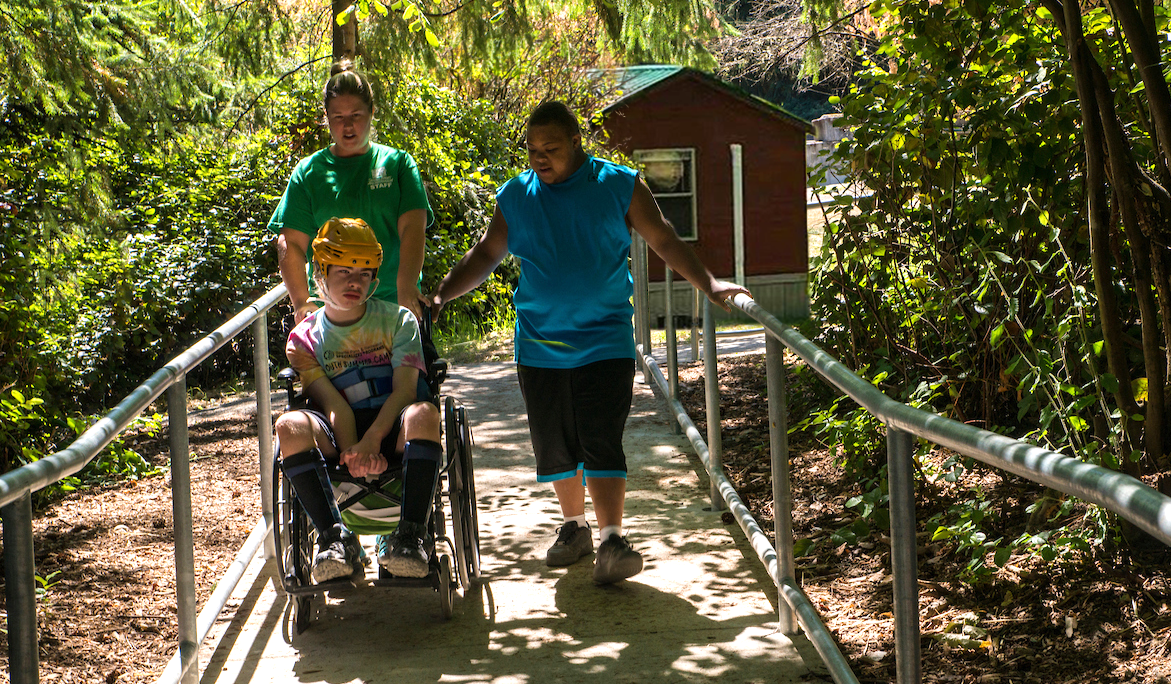
Camping has never been more inclusive. Across North America, campgrounds, RV parks, and outdoor resorts are expanding offerings to meet real, diverse needs – physical, sensory, and neurodivergent. Some parks are going even further by pursuing autism-certified design and staff training so that guests who benefit from predictable routines, quieter spaces, and clearer wayfinding can relax and belong.
This shift isn’t for show; customers are asking for it, and the numbers prove it. Campers are more likely than leisure travelers to report that they – or someone they travel with, have physical or neurodivergent needs, so accessibility directly determines whether families can participate at all (KOA, 2025).
Multigenerational Travel and Aging Campers Are Redefining “Essential” Amenities
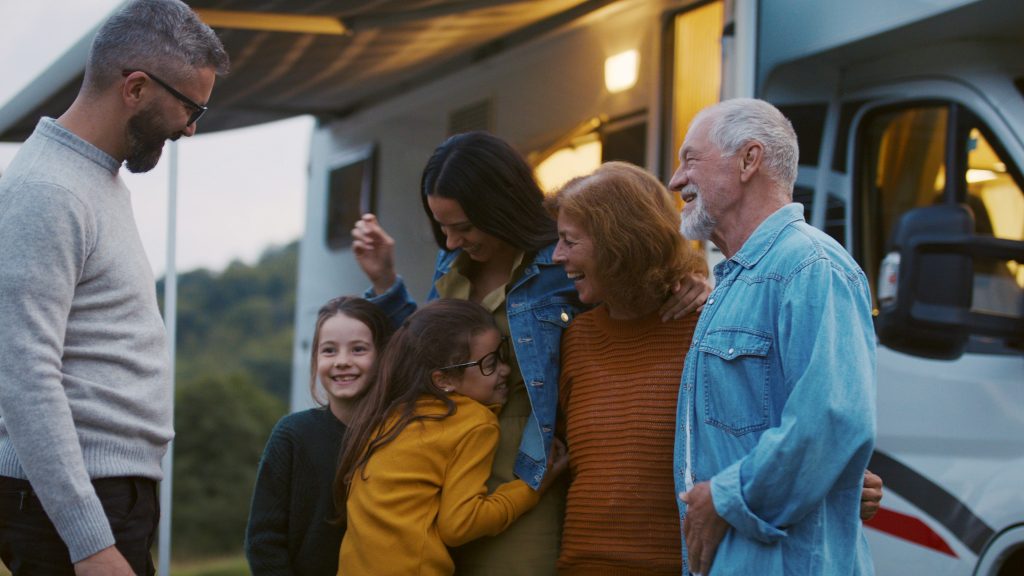
Insights from the 2025 KOA Camping & Outdoor Hospitality Report highlight exactly who needs what (KOA, 2025).
With 22% of camping trips now involving multigenerational families, properties are accommodating older relatives who may need step-free routes, grab-bar-equipped facilities, and closer proximity to restrooms and communal spaces. Among older guests themselves, 47% of Boomers select campgrounds with easy access to walking paths and recreation areas, reflecting the central role of safe, continuous, and well-signed trails.
At the same time, 28% of campers say accessible options at campgrounds are important, reinforcing the competitive value of accessible inventory. It’s undeniable that accessibility is now a booking filter, not buried in FAQs.
As older camper generations mature, it is imperative that campgrounds keep creating opportunities to enjoy the outdoors – most commonly by adding accessible accommodations, well-lit walkways, and supportive technology for planning and on-site navigation.
Inclusive Camping Brings Families Together
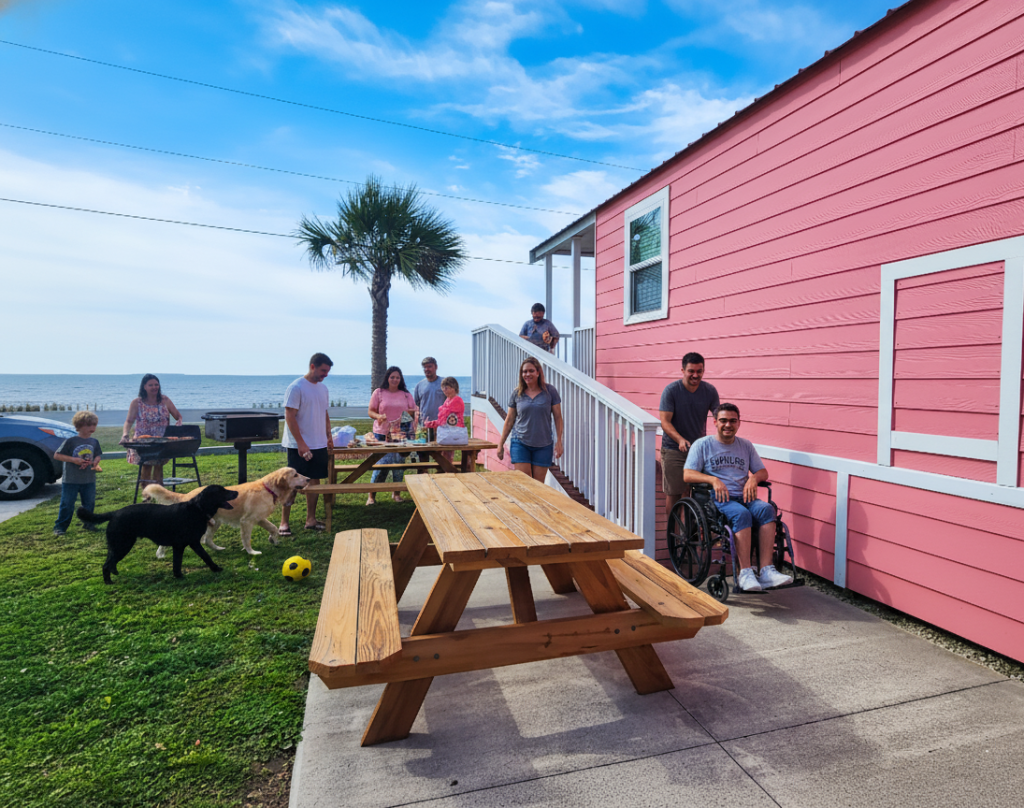
As outdoor spaces and amenities become more accessible, more families can share camping and nature experiences together – no one has to be left behind. Accessibility opens the door for everyone to enjoy the “unedited” beauty of the outdoors, a point often emphasized by leaders at organizations like the National Ability Center (NAC, 2020).
Numbers Don’t Lie
Several reports reveal a crucial insight: campers are statistically more likely than general leisure travelers to have or travel with someone who has physical or neurodivergent needs. This finding makes accessibility a core business imperative, not a niche add-on.
Despite this, there still exists a gap between need and availability. KOA’s report found that a mere 28% of campers believe that accessible options are readily available at campgrounds. This gap highlights a vast opportunity for growth and improvement within the industry.
Incidence of Needs Among Campers vs. Leisure Travelers (KOA, 2025):
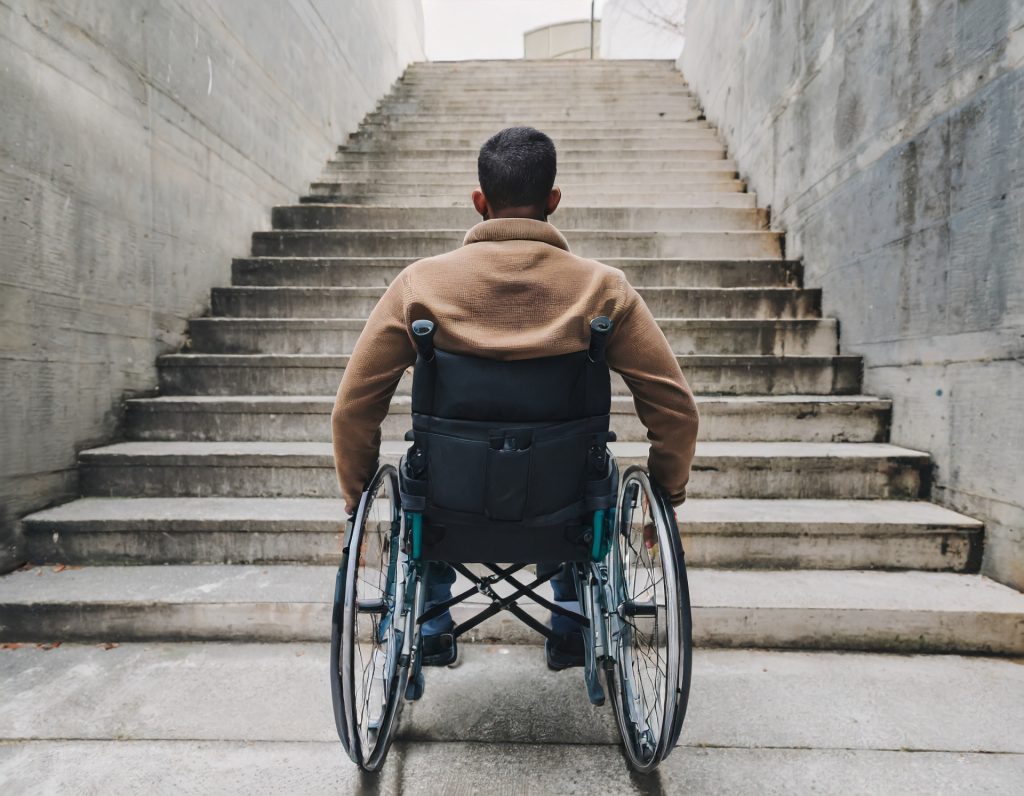
- Serious difficulty walking or climbing stairs/basic mobility: A significant 33% of campers report this need, compared to 25% of leisure travelers.
- Difficulties with social interaction and communication: This is reported among 21% of campers, nearly double the 12% among leisure travelers.
- Blindness or serious difficulty seeing, even with glasses: 19% of campers face this challenge, versus 14% of leisure travelers.
- Hearing impairment: Reported by 18% of campers, a stark contrast to 7% of leisure travelers.
- Use of a wheelchair for mobility: 17% of camping travelers report this, nearly three times the rate of leisure travelers (6%).
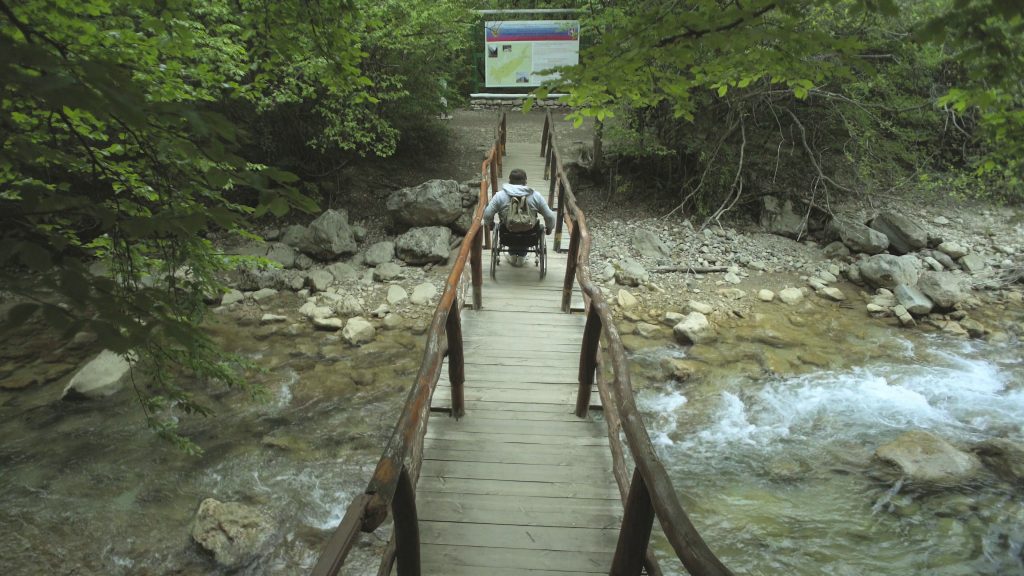
- Developmental or intellectual delays: This need is present in 17% of the camping population, compared to 7% of leisure travelers.
This clearly shows that the camping community is a diverse ecosystem with a higher-than-average concentration of individuals requiring thoughtful, accessible design.
Why Accessibility Is Now a Core Business Requirement
For years, inclusive design was framed mainly as a compliance obligation. Campgrounds and outdoor resorts are expanding offerings to better meet camper needs. These efforts recognize that campers are more likely than leisure travelers to report physical or neurodivergent needs – meaning accessibility is not a niche add-on but central to the camping audience today (KOA, 2025).
What “Accessible by Design” Looks Like
1. Site and Circulation
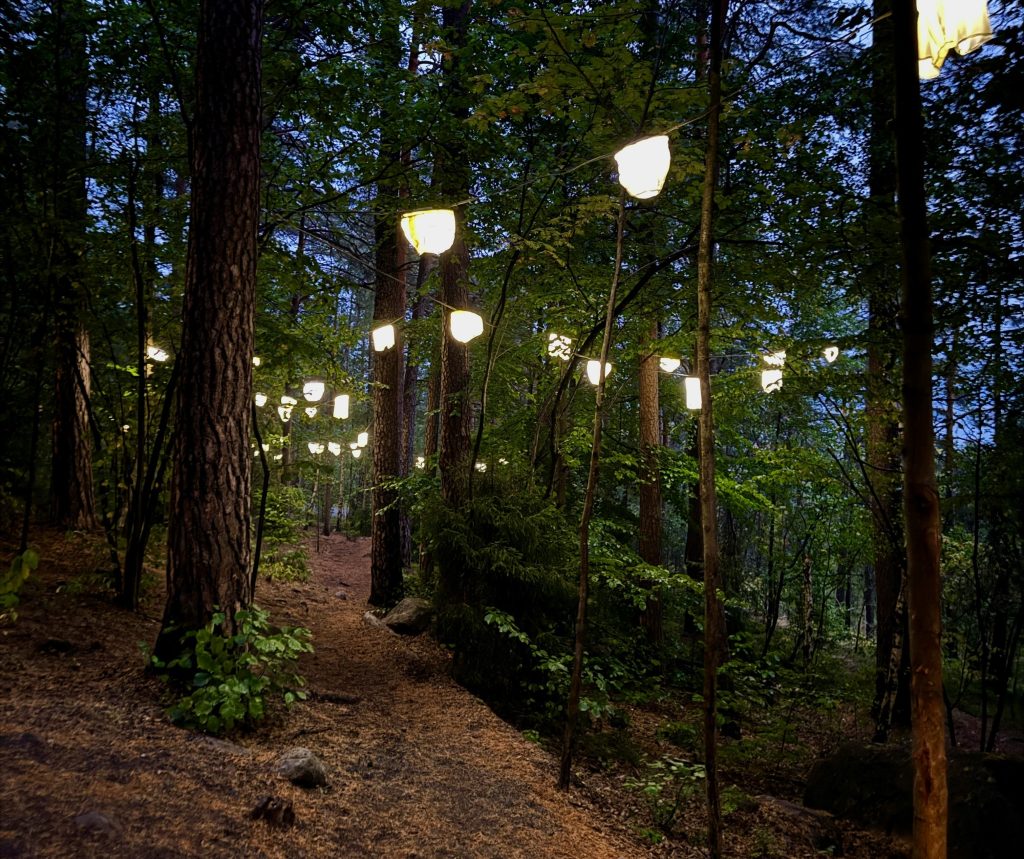
- Continuous, well-lit, firm-stable routes connecting parking, cabins, restrooms, laundry, communal kitchens, and recreation nodes.
- Wayfinding and contrast (signage, striping, tactile indicators) to serve low-vision guests, plus predictable nighttime illumination to reduce fall risk.
- Accessible pads and turning clearances at RV/tent sites and cabins to accommodate mobility devices and vehicle lifts (Spot2Nite, 2024).
2. Lodging and Amenities (based on the revised ADA regulations under Title III issued by the Depart of Justice)
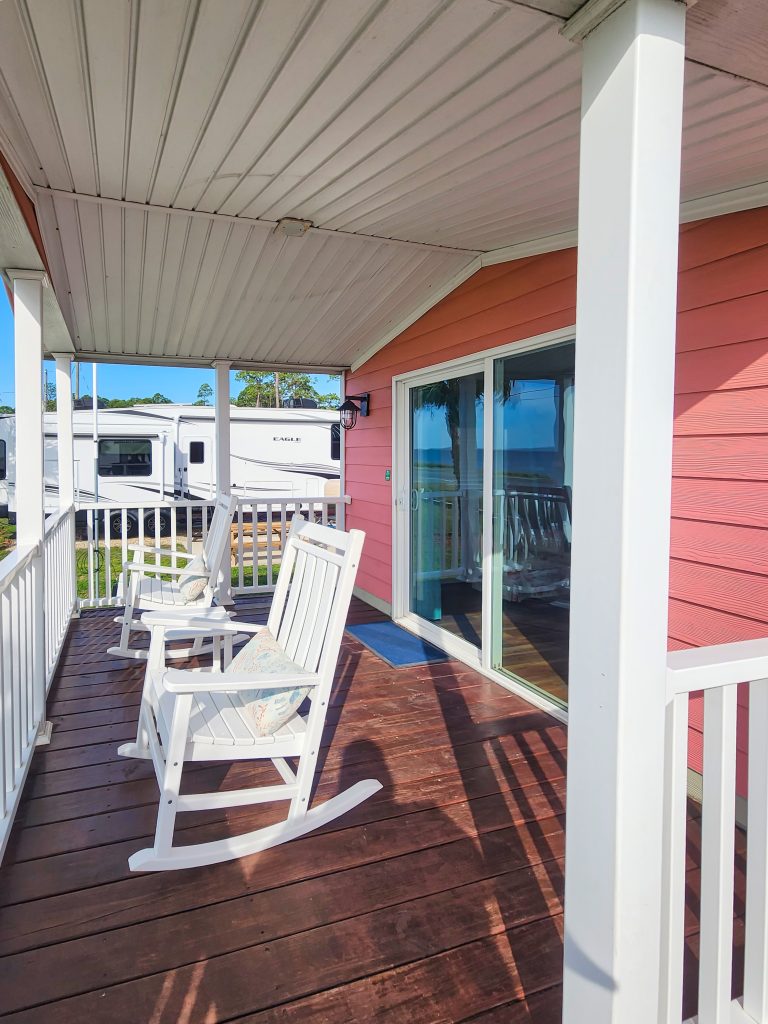
- Step-free entries; door widths and bathroom layouts that support transfers and turning circles.
- Roll-under sinks, grab bars, and transfer showers with handheld spray heads and fold-down seating.
- Noise- and light-mitigation options for sensory comfort in cabins and communal areas (e.g., quiet hours, sensory rooms or kits) (ADA National Network, 2017).
3. Operations and Programming
- Autism-friendly certification programs standardize staff training on sensory awareness and communication, offer pre-arrival social narratives/sensory guides, and formalize ongoing quality checks (IBCCES, n.d.)
4. Technology as an Access Multiplier
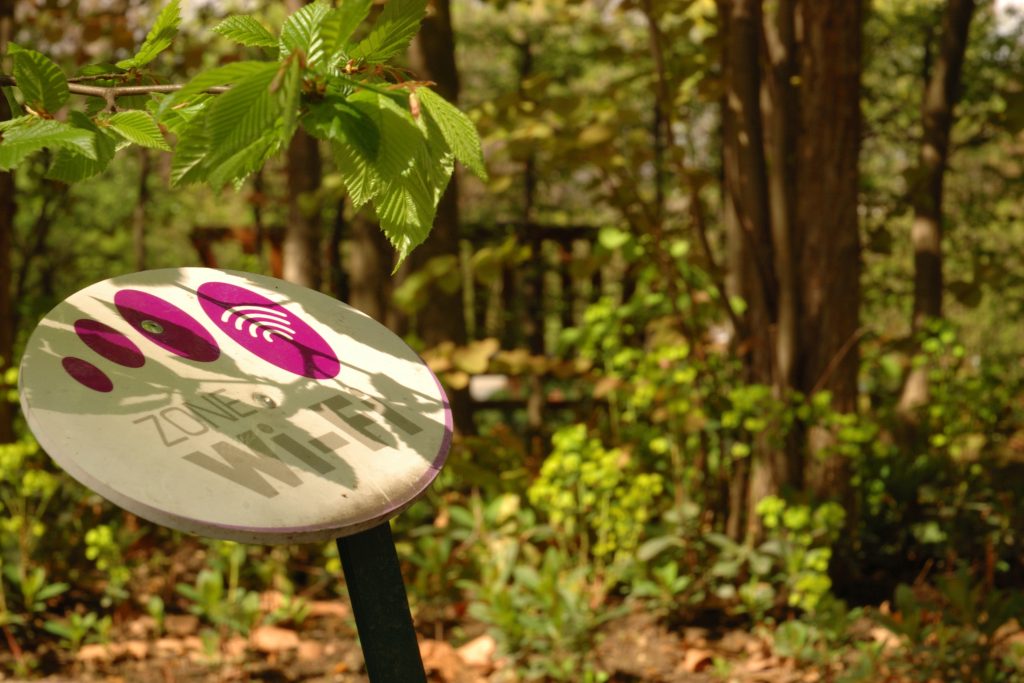
- Reliable Wi-Fi and digital tools (maps, check-in, service requests) can add up to nine extra camping nights annually for some guests, particularly Gen Z and families with children, by lowering planning burdens and uncertainty (KOA, 2025).
Accessibility Expands Your Addressable Market
Accessible design yields measurable returns:
- Larger family and group bookings (multigenerational travel, caregiver networks).
- Higher repeat visitation among older guests when walking routes and lighting are prioritized.
- Stronger shoulder-season demand as travelers with specific access needs identify reliable properties and return.
These gains align with the KOA finding that accessibility and ease-of-use are pivotal selection criteria for boomers and multigenerational groups (KOA, 2025).
How Modern Cottages, Cabins, and Tiny Homes Accelerate Inclusion
Park model cottages and cabins offer fast, flexible, and cost-efficient ways to grow accessible inventory. They can be sited where stick-built construction is slow or impractical, come with factory-integrated accessibility features, and allow scalable dispersion (placing accessible units across view corridors and price tiers rather than concentrating them). This directly addresses the priorities around walkability, lighting, and lodging access for older and multigenerational groups.
Vacavia Cottages and Cabins’ ADA-Compliant Cabin Model
Our Warm Springs model is designed for mobility access and caregiver practicality, with an ADA transfer shower (grab bars & fold-down seat), roll-under sink, wheelchair-friendly turning space, and ADA-height toilet with grab bars – all in a layout that supports step-free entry and direct connection to accessible routes. This model is available in rustic cabin design or colorful cottage design to better suit your business aesthetics.
Vacavia’s other cabin, cottage models and tiny homes offer low-cost lodging solutions to campgrounds and other outdoor businesses looking to expand and adapt their businesses to better cater those with special needs. Advantages include:
- Low upfront costs and swift installation timelines help properties add accessible capacity without multi-year builds.
- Durable materials and easy-clean finishes reduce maintenance burden across seasons.
- Flexible floor plans (including duplex/triplex and bunk configurations) support multigenerational stays, caregiver proximity, or staff accommodation near accessible guest units.
- Technology-ready interiors (conduit, placement for routers and sensors) make it easy to meet the connectivity expectations that extend length of stay.
Conclusion
Accessibility is no longer optional in outdoor hospitality; it is the center of demand. The 2025 KOA data show high prevalence of mobility, sensory, and communication needs among campers, rising multigenerational travel, and clear preferences for walkable, well-lit, tech-enabled properties. Campgrounds that translate these insights into cabins, routes, lighting, and training will earn loyalty across generations.
Ready to make your property truly accessible and welcoming to everyone?
Explore Vacavia Cottages & Cabins line of products, including the ADA-compliant Warm Springs model, to add accessible, modern units with low upfront costs and fast deployment. Contact Vacavia to get a tailored accessibility plan and quote.
References:
Kampgrounds of America. (2025). 2025 Camping & Outdoor Hospitality Report. http://koa.uberflip.com/i/1534018-2025-koa-camping-outdoor-hospitality-report-vlr/37?
National Ability Center (NAC). (2020). Inclusivity In Camping and Outdoor Activities Bring Families Together. https://discovernac.org/blog/inclusivity-in-camping-and-outdoor-activities-bring-families-together/
Spot2Nite. (2024). Accessibility Guide for Campground Operators: The Importance of ADA Camping. https://partners.spot2nite.com/2024/04/10/accessibility-guide-for-campground-operators-the-importance-of-ada-camping/
ADA National Network. (2017). Accessible Lodging. https://adata.org/factsheet/accessible-lodging?
International Board of Credentialing and Continuing Education Standards (IBCCES). (n.d.) Autism Certification for Hotels and Resorts. https://ibcces.org/hotels-and-resorts/

